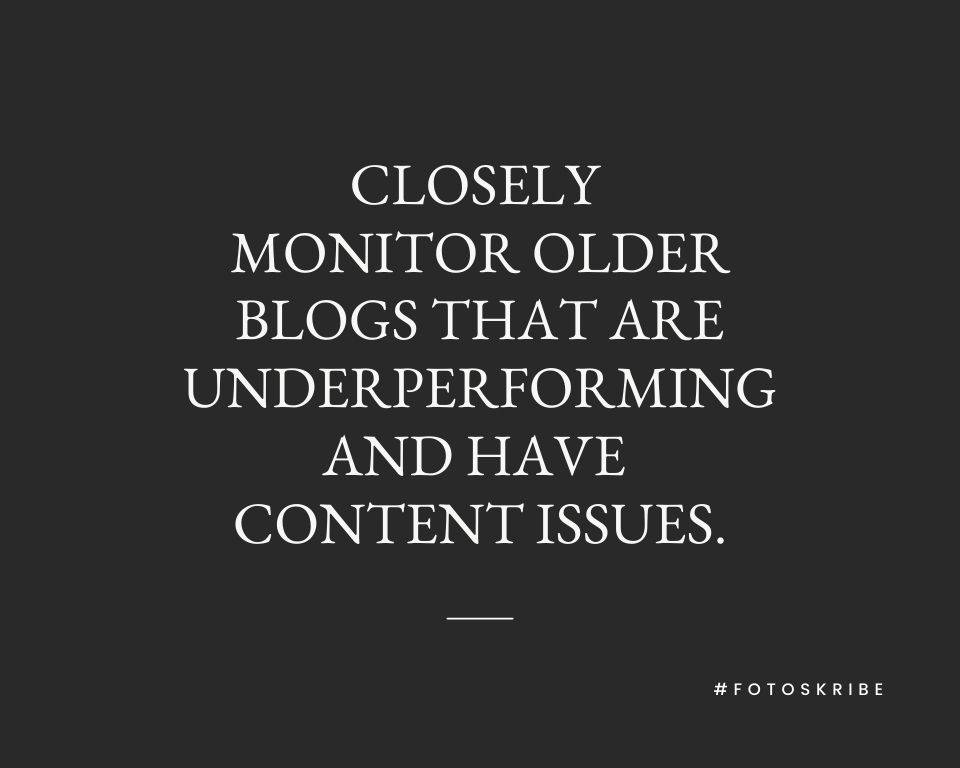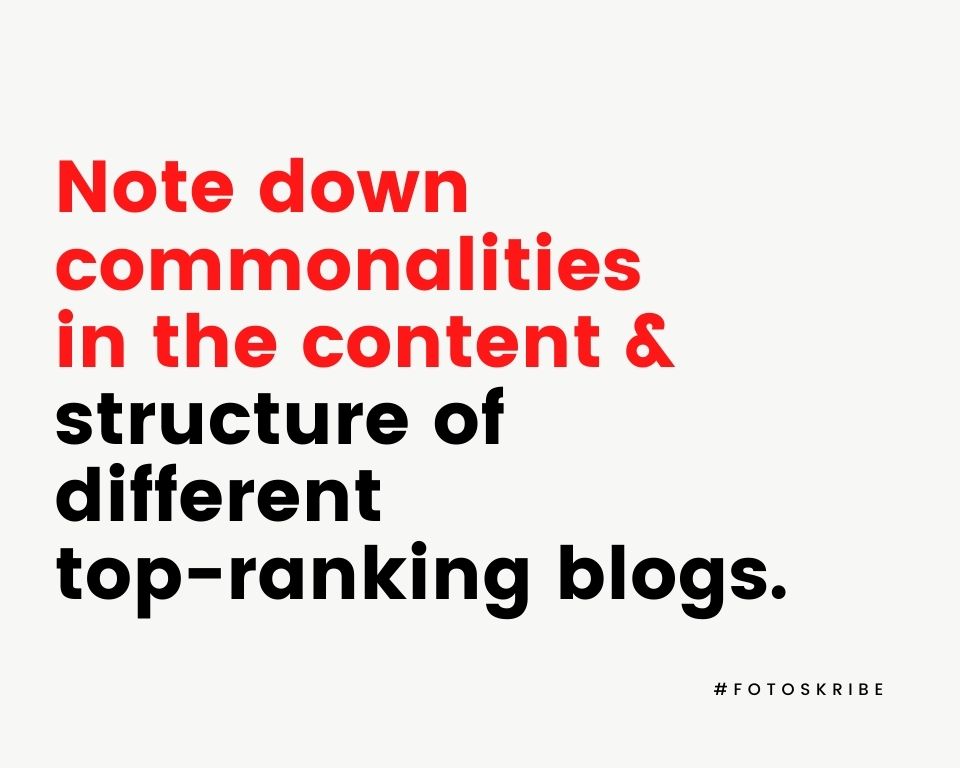Republishing Blog Posts: What’s the Need & How to Do It
If there is one thing that’s certain in the world of blogging, it is that content is constantly changing. It is updating for better, more accurate, and more SEO-centric information. And with this comes the need to update your older blog posts. What once helped you rank high in SERP will not keep you ranking forever. Sometimes, even with enough keyword research, you may find that your blog isn’t doing as well as you had expected. But your writing doesn’t have to go to waste! You could enhance these blog posts by reworking them, updating information, optimizing them for SEO, updating links, and then republishing them. If you are not sure about how to do that, this blog contains everything you need to know about republishing blog posts.
What’s the Need to Republish Blogs?

Before we get to the process of republishing content in older blogs, it is important to understand why you need to do that. Listed below are just a few reasons why blogs need to be updated and republished:
- Outdated Information: The world is constantly changing, and so are SEO strategies. What was relevant five years ago might not be relevant now. And web users don’t use search engines to be offered outdated information. So it’s important to update your blogs based on the current scenario. For example, if a business owner is looking for a blog on “5 tips to make blogging work for you” and finds information that’s no longer valid, they will simply leave your page.
- Broken Links: Links get outdated all the time. With time, there is always a chance that something which was once published will be deleted, leaving you linking to a broken link. It could be due to various reasons – the previous offer is no longer live, the previous page is taken down, moved to a different page, etc.
- Improve SEO: Another reason for republishing blog posts could be to improve their SEO. This could mean changing their titles, meta descriptions, or information for more SEO-rich content to help it rank better.
How to Update & Publish Older Content?
1. Find Older Blogs That Require Rework

Finding which of your older posts require rework is the first step in the process of the republishing strategy. It is crucial to closely monitor underperforming blogs and then go through them to see if the content is the culprit. However, in the process of selecting, also choose blog posts that are ranking for a focus keyword that has substantial traffic. You can gather this data using Google Search Console. Moreover, since it takes time to build backlinks and rank in SERP, go for blogs that are at least 12 to 14 months old.
Sometimes, you will also come across some underperforming blogs, but their content and SEO are up to date. Then, it is essential to check out the domain rating and link authority of the blogs that outrank your blog. There are chances that the blogs that outrank you have more high-quality backlinks than you. If this turns out to be why the blog is not performing, you may want to put your republishing efforts on other blogs. Note that you can, when need be, also update high-performing blogs. However, the reason why republishing underperforming blogs is more optimal is because they constitute a low-risk situation.
2. Update the Content

Now that you have a list of links that you know you have to republish, it is time to update the content. For republishing to yield results, consider evaluating everything – the relevancy of the content, the structure, and the SEO. You cannot write pretty much the same thing every time and expect a different result. To get a better idea of how to update your content, start by analyzing the top-ranking blogs for that particular keyword. Go through these blogs, carefully analyze their structure and content, and note down commonalities between top-ranking blogs.
If you are wondering whether you should rewrite the whole blog entirely or keep some parts of the earlier version, start by analyzing your backlink profile for that particular blog. By doing this, you can get a better understanding of where people are linking to your blog. Once you have figured that out, you can keep that part in the newly updated content as well, for it leads to the existing links and may also yield you more links ahead.
3. Republishing

Republishing blog posts is the final step of the process. To do this, go to the backend of your content management system, search for the blog you wish to republish, and replace all the old content with new content, including meta titles and meta descriptions. However, while doing that, remember not to change the URL. This is because a URL, once generated, if altered later, can lead to a loss of all traffic for the previous URL.
Once you are all set, update the display date to the current date and press update. Moreover, if you want Google to crawl through your content faster, you can also opt to send a request for reindexing using the URL Inspection tool of Google Search Console.
Further Read: How to Create a Photography Blog in 6 Easy Steps
As much as blogging is integral to grow your organic traffic, your republishing strategy can help you sustain that traffic for a longer run. Making it all the more important. Moreover, revaluation and reflection are two important pillars of continuous improvement and steady growth. So keep at it and keep growing!
At Fotoskribe, we aim to help businesses like yours grow their online presence by delivering smart and meaningful content that engages your audience. And we do it in a way that gets Google’s attention.
For more information on how we can help – check out our pricing plans.

